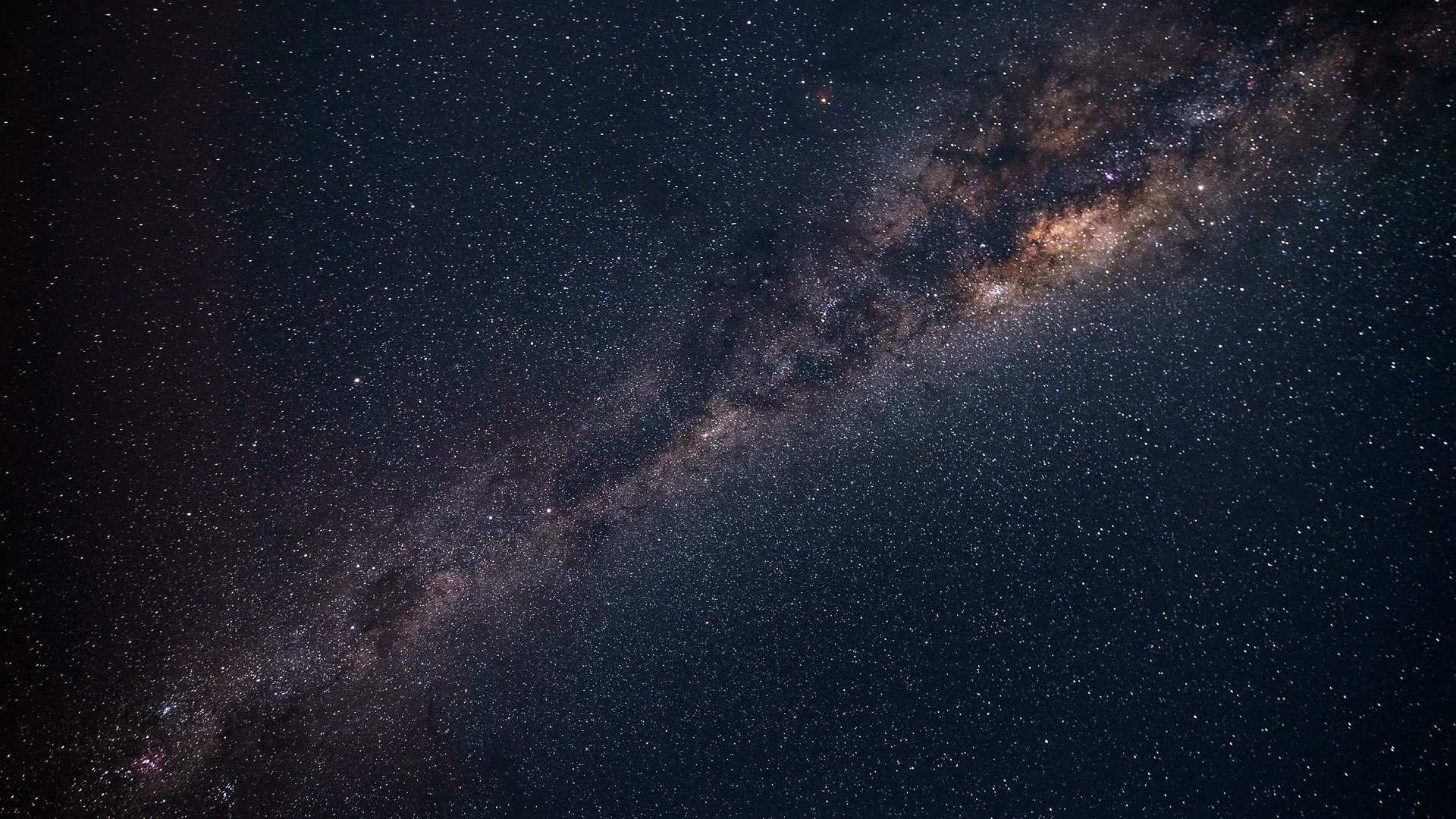Starry Starry Night
Artificial light is part and parcel of modern living. Our cities operate on a 24-hour basis and well-lit urban environments are an inevitable consequence of the night-time economy. Yet, we cannot ignore the pressing need to reduce light pollution and design in the spirit of the Dark Skies movement.
Led by the IDA, the Dark Skies campaign has raised awareness on a global scale about the dangers of over-illumination. Studies have illustrated that light pollution not only impacts our ability to see the night sky, but our health, wildlife, ecosystems, and climate.
We know that sky glow upsets nature’s cycle of light and darkness, disrupting life-sustaining behaviours such as reproduction, nourishment, sleep, and protection from predators. The impact of light trespass on sleep and circadian rhythms is widely documented, as is the visual discomfort caused by glare.
It’s a sobering picture, but thankfully the issue is now widely discussed, and far more projects are focused on reducing light pollution and light trespass.
We’re making progress, yet there’s still work to be done to establish better metrics and accountability. The truth is that lighting designers struggle to design impactful facade and landscape lighting within the scope of dark skies certification.
The current guidelines don’t allow for different types of projects or consider that landscapes change depending on where you are in the world. Working within these parameters can be a time-consuming tick box exercise, which doesn’t leave much space for creativity and inevitably results in a flat and uniform scheme. But outdoor environments don’t have to be dim and uninspiring, so we must find a way to tread the right path and produce quality lighting in a more conscious way.
Ultimately, the right path means understanding the project in the context of the wider framework and measuring up the impact its likely to have. It also means attempting to reduce the impact of what’s already been done when we refurbish a building. We won’t solve the problem overnight, but building by building, and street by street, we can go some way to resetting the bar for external lighting.



